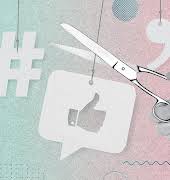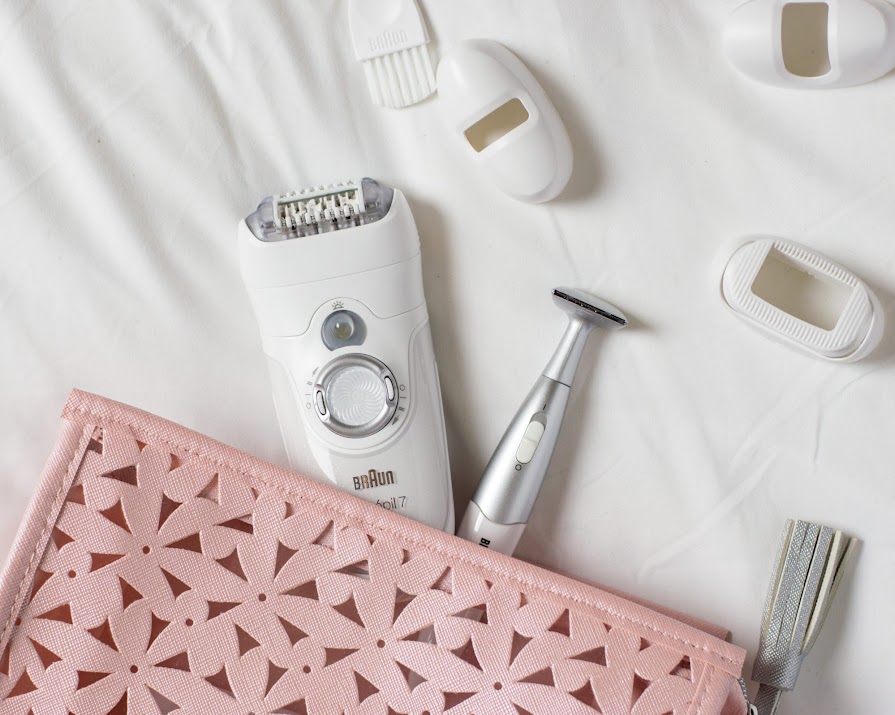By Shayna Sappington
12th May 2020
12th May 2020
Avoid razor burn and red bumps by practising a proper skin hygiene routine. Here’s how to keep smooth, clear skin before and after frequent shaving.
As of now, non-essential services like hairdressers and beauty salons are not reopening until phase four of the easing restrictions plan on July 20 — meaning no more professional hair colouring, eyebrow threading and regular bikini waxes for at least two months.
For those of us who want to remain smooth-skinned and hair-free, shaving has become a necessity, but without the proper skincare regimen, razor burn and bumps can wreak havoc on frequently shaved areas.
Razor burn vs razor bumps
Although commonly confused as the same symptom, razor burn and razor bumps are different conditions. Razor burn is a shaving-induced skin irritation and consists of rash, redness, itchiness, tenderness, burning sensation and swelling.
Razor bumps are ingrown hairs that become swollen red bumps on the skin’s surface. Sometimes, ingrown hair follicles can become infected, which is why it is so important to maintain proper shaving hygiene.
How to avoid razor burn and bumps

According to a recent study, shaving in the same direction of your hair’s natural growth, moisturising the skin and using sharp, clean blades are the keys to avoiding razor bumps.
Experts recommend the following steps:
- Warm area with hot water before shaving. It’s best to wait until you have been in the shower at least ten minutes, so that the hair is soft from the steam and warm water.
- Exfoliate the skin with a washcloth or body scrub to remove dead skin cells.
- Prep with a good-quality shaving gel with moisturising ingredients like shea butter or coconut oil. This provides a buffer for your razor and reduces skin irritation.
- Shave in the direction of hair growth — this helps prevent ingrown hairs.
- Afterwards, rinse with cold water or apply a cold compress to the area to seal and close pores.
- Hydrate the skin with unscented, alcohol-free moisturiser. Ideal ingredients include Vitamin E or aloe vera.
How to treat razor burn and bumps already there
The most effective way to treat an outbreak of razor burn and bumps is to stop shaving for a few days or a week. This gives skin time to calm down and heal on its own.
Other effective ways to treat razor-related skin problems include:
- Applying astringent after shaving to reduce redness, inflammation and chance of infection like tea tree oil, apple cider vinegar or witch hazel extract. Make sure to apply before moisturiser.
- Avoid wearing tight underwear after shaving; this gives your skin breathing room and prevents rubbing and irritation.
- Clean your razor properly between uses. After each shave, sanitise your razor with rubbing alcohol and warm water and be sure to replace old blades after five to seven uses.
- Store your razor upright, with the plastic cover on (after its been dried thoroughly) to prevent growth of bacteria.
While investing in a high-quality razor with multiple blades is important too, skin hygiene is vital when it comes to preventing shaving-related skin conditions. You’ll be surprised at what difference these small changes can make.
Read more: 7 handy beauty uses for apple cider vinegar
Read more: 5 Ways We’ve Been Shaving Our Underarms Wrong This Whole Damn Time
Read more: How to nourish your most neglected body part



















